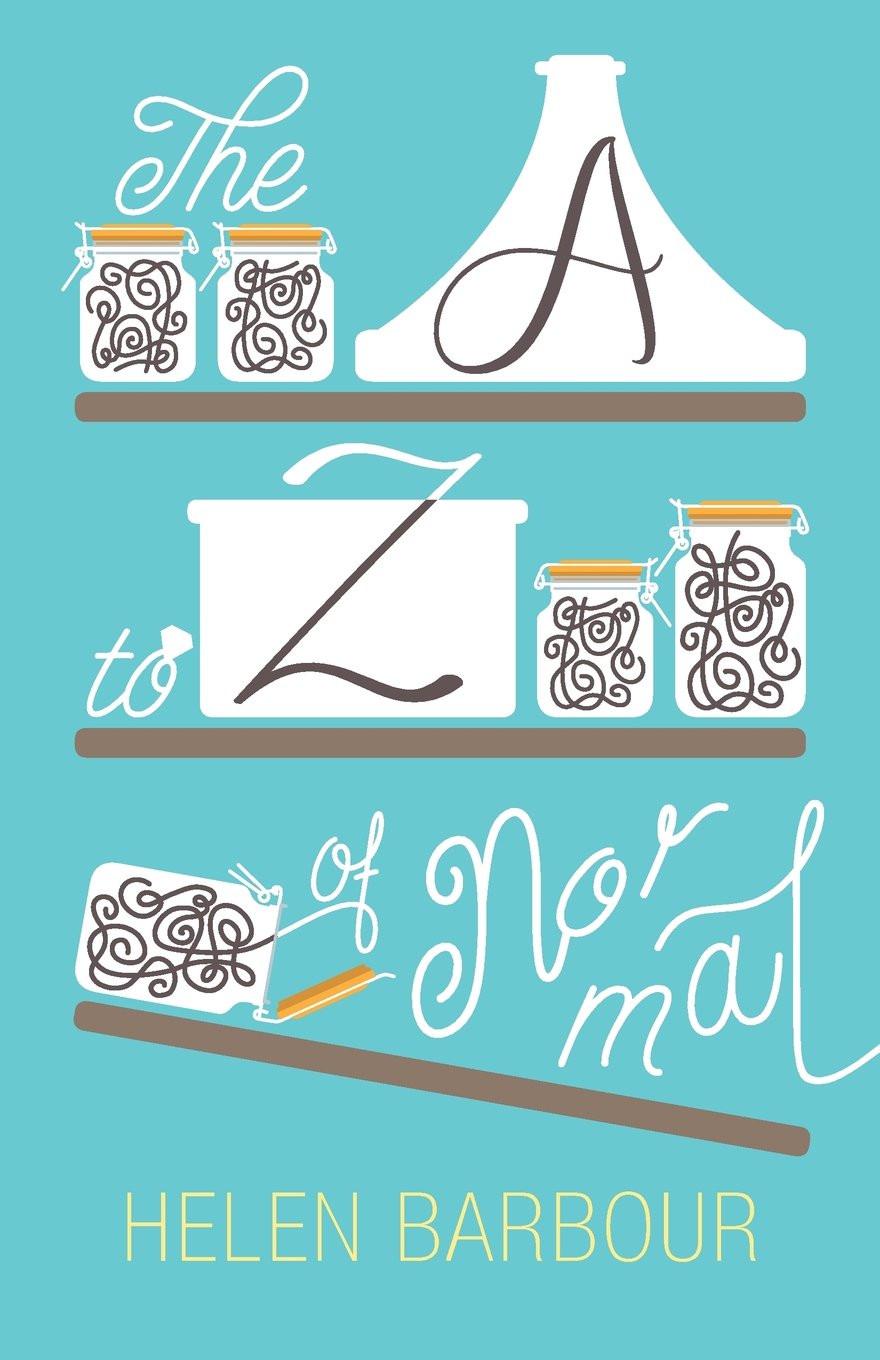
Reviewed by Ruth Latta
The A to Z of Normal
by Helen Barbour
Silverwood Books
Paperback: 282 pages, June 15, 2015, ISBN-13: 978-1781323816
The A to Z of Normal, by British author Helen Barbour, is a “relationship novel,” but has more to say than a romance, or a “chick lit” book. Readers like to learn while being entertained, and in this novel, Ms. Barbour gently educates us about Obsessive-Compulsive Disorder and deserves praise for recognizing the dramatic potential in a subject seldom-explored in fiction. The only other story I know that involves OCD is novelist Richard Russo’s Elsewhere (NY, Knopf, 2012), a memoir about his mother.
In Ms. Barbour’s novel, the first person narrator, Clare, must come to terms with her OCD when her boyfriend proposes marriage. Reader interest is captured in the prologue, showing Clare, at age ten, facing a houseful of friends and relatives following her mother’s funeral. Stunned by the unexpected loss of her mum, she is further upset when her sister tells her to ignore their mother’s rule about not wearing shoes in the house, just for today. To “put things right” she goes up to her room and arranges nail polish bottles in order in the exact centre of the dressing table. This activity is the only thing that will “stop the itch in [her] head” and bring things back to normal.
The first chapter opens with Clare, age thirty, on one of her weekend visits to Tom, her boyfriend. He proposes, she accepts, they celebrate with champagne, and Clare hides her panic. As Tom begins planning their future together, she thinks: “I can’t marry you; I can’t marry anyone.”
At this point, readers who know little about OCD will look for clues as to the seriousness of Clare’s condition. When she gets up that night when Tom is asleep to put his untidy cottage in order, she thinks that, if she moves in, as he wishes, her life will be “a constant battle between [her] order and Tom’s mess.” Is this a case of tidy girlfriend versus slobbish boyfriend? No, for when she returns to her city flat, we find that everything is in a “designated pattern,” according to her rules: a “puzzle no one else can solve.” Her relationship with Tom has worked, so far, because he has never stayed over at her home; she always drives an hour to see him.
Barbour skilfully blends the facts about OCD into the action; we never feel that we’re reading a case study. It is easy to relate to kind, considerate Clare. As other characters appear, all of them fully-rounded and well-drawn, we understand why the novel is called The A to Z of Normal. Normality is a spectrum; a person’s position on that spectrum is subjective. The people she meets at an OCD support group are at the “abnormal” end, but what of the so-called normal characters?
Tom, for instance, seems the quintessence of normality, at first. Reading on, we find that he is untidy, indiscreet, too eager to rush the marriage plans, and a push-over for requests for assistance from his sister and his former bedmate, now “just a friend.” His reluctance to have Clare meet his parents is peculiar.
Other supposedly “normal” characters also have issues: Dad is uncommunicative. Sister Fiona is a self-styled martyr who bosses everyone and dislikes her own children. Dad’s live-in lady, a social worker named Marilyn, intrudes upon Clare with an unsolicited offer of help and divulges Clare’s problem to her prodigal son, a former drug addict.
Determined to fight her illness, Clare recognizes that her obsession with order is an attempt to have some control over her life. Her “ordering” doesn’t extend to others’ environments, except for Tom’s cottage, because she will have to live there. Two crises turn out to aid her attempt at “normal behaviour”.
Clare is an “unreliable” narrator in that she judges herself too harshly. I was pleased to see a more self-confident Clare realize near the end that she has the right to keep some secrets.
Helen Barbour’s novel is upbeat and positive, suggesting that everyone has some “abnormality” and that everyone belongs and is part of the social fabric. The A to Z of Normal deserves to be an international best-seller.
About the reviewer: Ruth Latta’s novel, The Old Love and the New Love (Ottawa, Canada, Baico, 2012) is available at baico@bellnet.ca. For more information about Ruth Latta’s writing, visit http://ruthlatta.blogspot.com and http://ruthlattabooks.